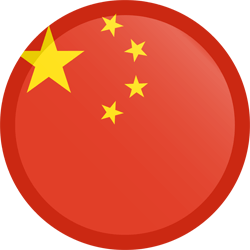- cross-posted to:
- africa@baraza.africa
- cross-posted to:
- africa@baraza.africa
China has become Africa’s largest trading partner and creditor in recent years under the Belt and Road Initiative […] Beijing’s economic focus on Africa, especially for the latter’s raw minerals, has restarted full-scale in the post-COVID years. China’s relentless hunt for critical minerals is driving its new initiatives inside Africa. Meanwhile, it also continues to maintain its old ones such as infrastructure construction.
Further, according to findings by Australia’s Griffith Asia Institute, new Chinese investment in Africa increased by 114% in 2023. However, it remained heavily focused on minerals, coupled with Beijing’s plans to revive its own flagging economy.
All efforts to boost other imports from Africa seem to be faltering. This has resulted in the continent’s ballooning trade deficit with China. In fact, the value of Africa’s exports to China has fallen by 7% and its trade deficit has widened by 46%. Carrying one of Africa’s largest trade deficits with China, Kenya is fast becoming a critical case study in this context.
Official Narratives vs Economic Realities
Despite these hard data-based realities, China’s official Xinhua News Agency still harps on how numerous construction companies from Hubei and Hunan provinces have ventured into Africa. Xinhua claims that these companies are undertaking diverse engineering projects, for instance, in Kenya. Some sectors it mentions are energy, transportation, municipal construction, housing, telecommunications, and metallurgy. Furthermore, there are other projects in agricultural technology, equipment manufacturing, and fish-processing infrastructure. But the trade exchanges with Africa are anything but “thriving” as Xinhua puts it.
Beijing makes tall commitments worth billions of dollars for new construction projects. However, data also reveals a mercantile and extractive kind of Chinese strategy and approach towards Africa. According to the Global China Initiative at Boston University, ports built by Chinese companies, hydropower plants, and railways across the continent peaked in terms of annual lending worth $28.4 billion USD in 2016. These are financed mainly through sovereign loans.
[…]
China’s Africa strategy in the past decade finds its foundation in the Belt and Road Initiative, whose deals are based on opaque agreements on multiple counts. Beijing aggressively pursued repayment of its debts from many African countries in the past. However, this approach created real problems for China’s international standing and approach towards developing nations.
[…]
The pattern of how China uses its economic leverage for achieving politico-strategic ends at a later stage has been well displayed across Asia, Africa, and Latin America. In fact, this has become a predictable pattern in China’s toolkit. An added phenomenon to this strategy is the application of blunt coercion in the case of many lesser-developed and impoverished African economies.
[Edit title for more clarity.]


